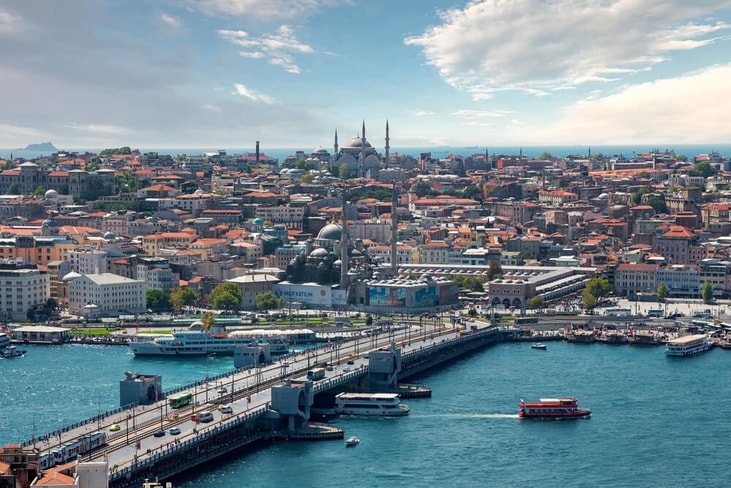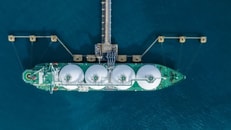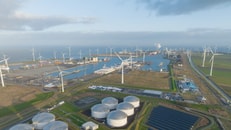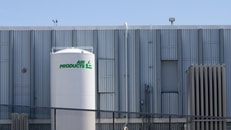Turkey weighs its low-carbon industrial opportunities
Turkey recently released its industrial and technology strategy which targets 27 areas, covering everything from giant industrial parks and hydrogen fuel cells to carbon capture and storage (CCS) and digital infrastructure.
The bold plans aim to see it triple its hi-tech exports to $30bn by 2030, and to nearly double its industrial exports to $400bn in five years.
But Turkey, like others, is having to reconcile its grand industrial vision with decarbonisation realities.
The country needs to cut emissions from transportation, buildings, and power generation by as much as 90%, and from agriculture by 50% to achieve Net Zero by 2053. It is well understood that these are challenging targets to hit.
... to continue reading you must be subscribed
























